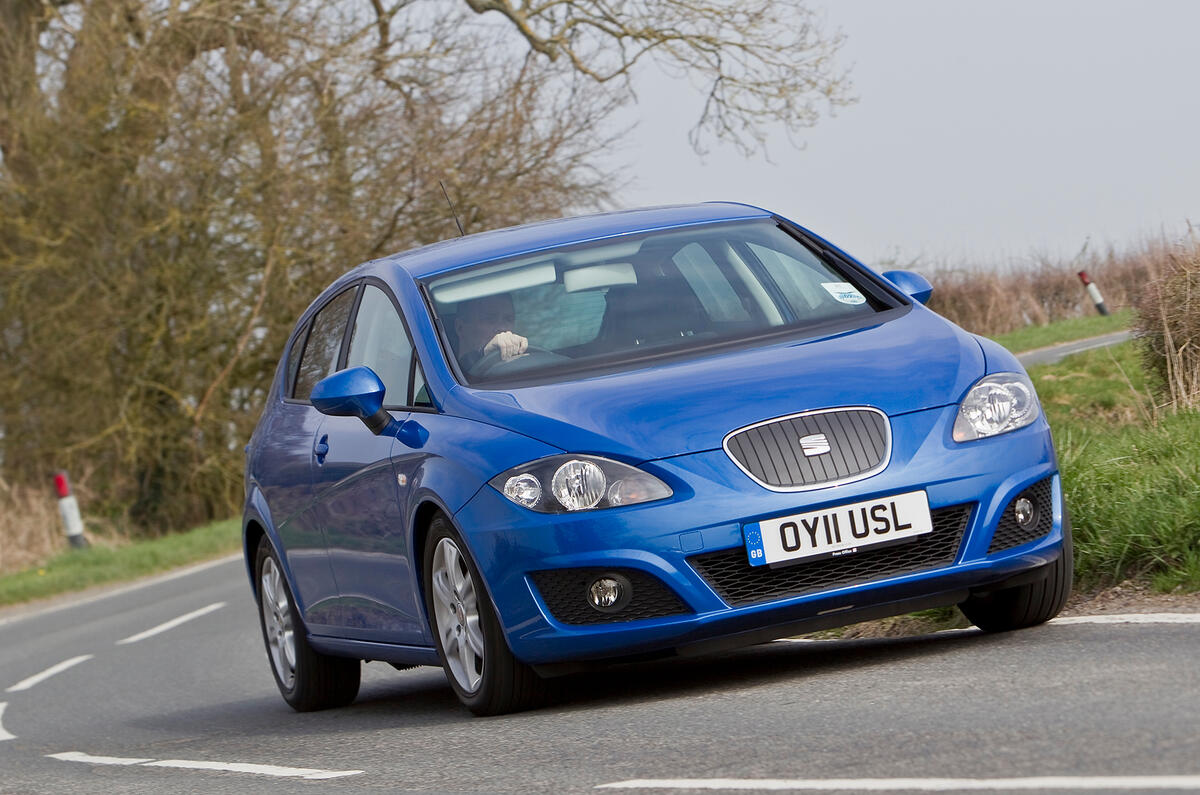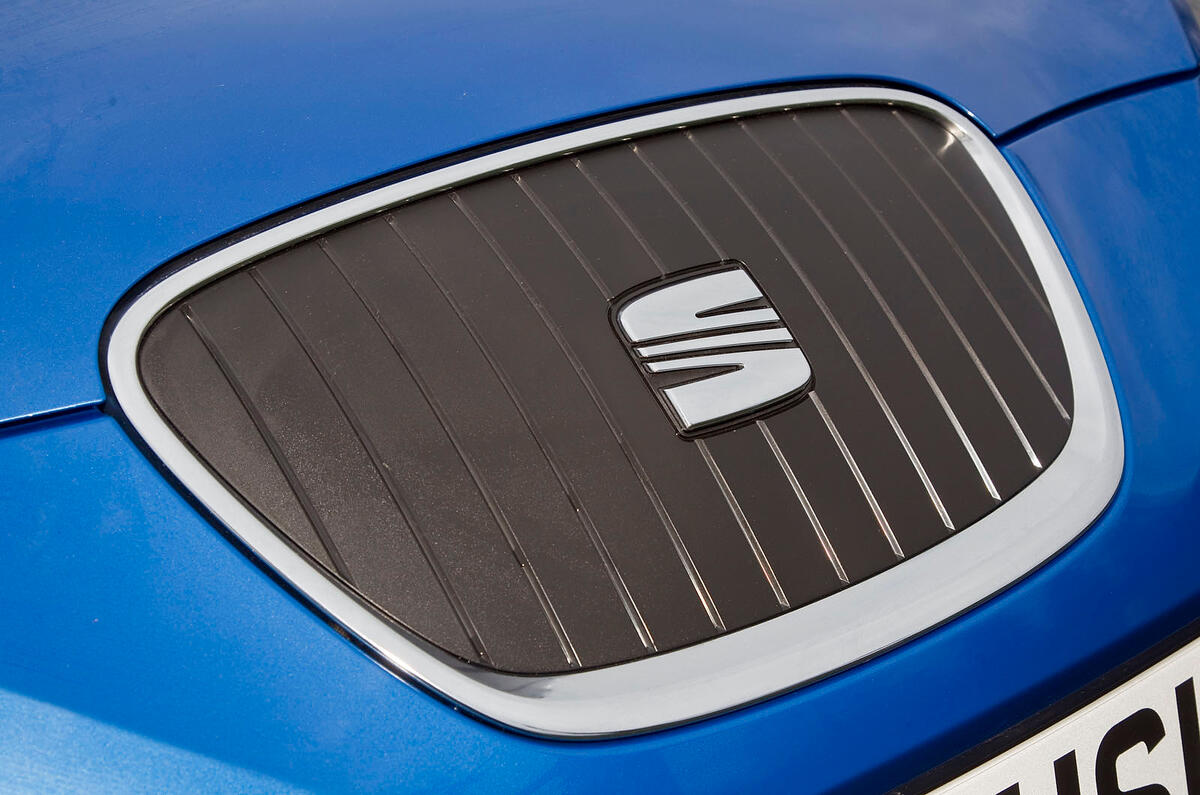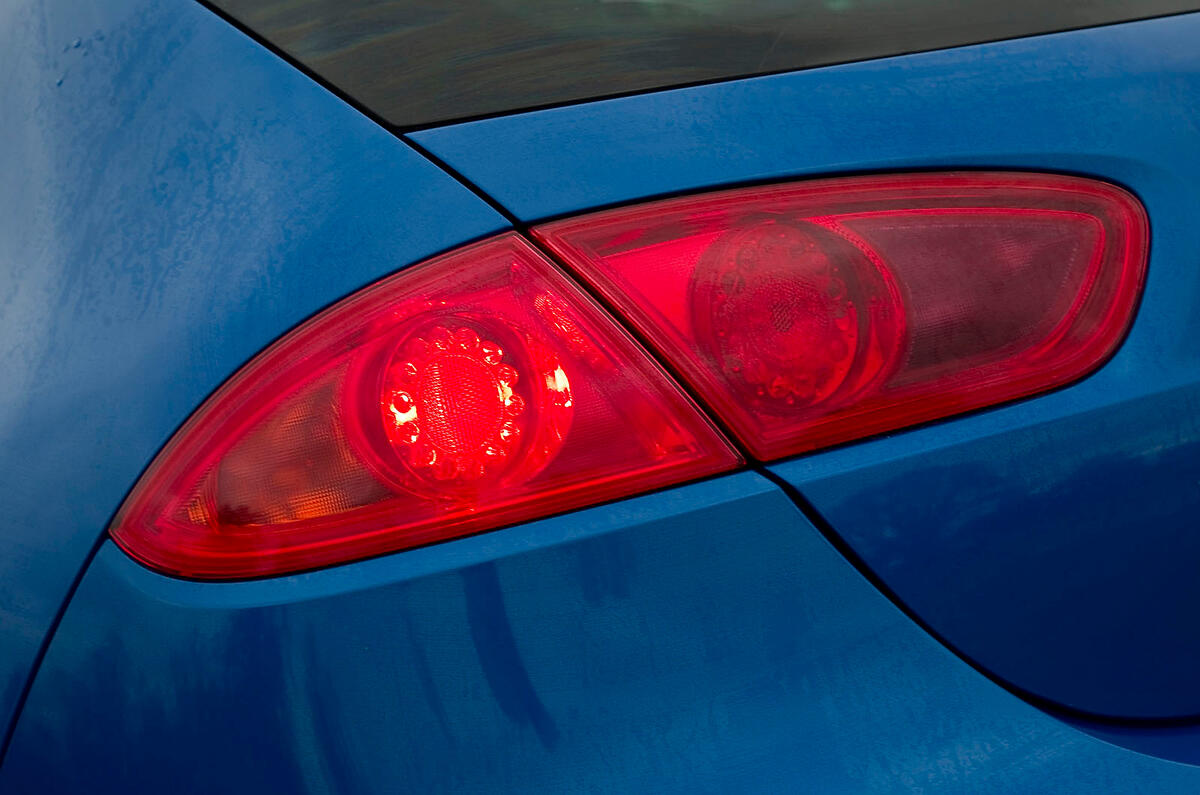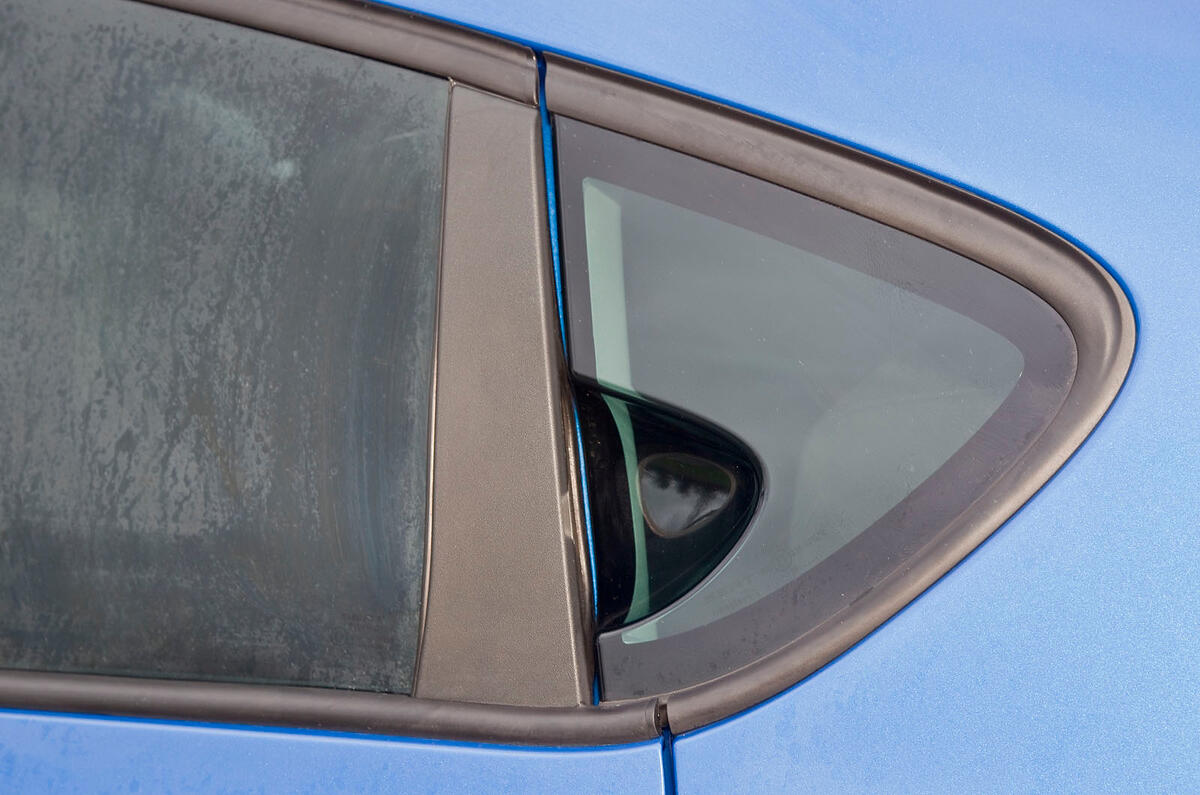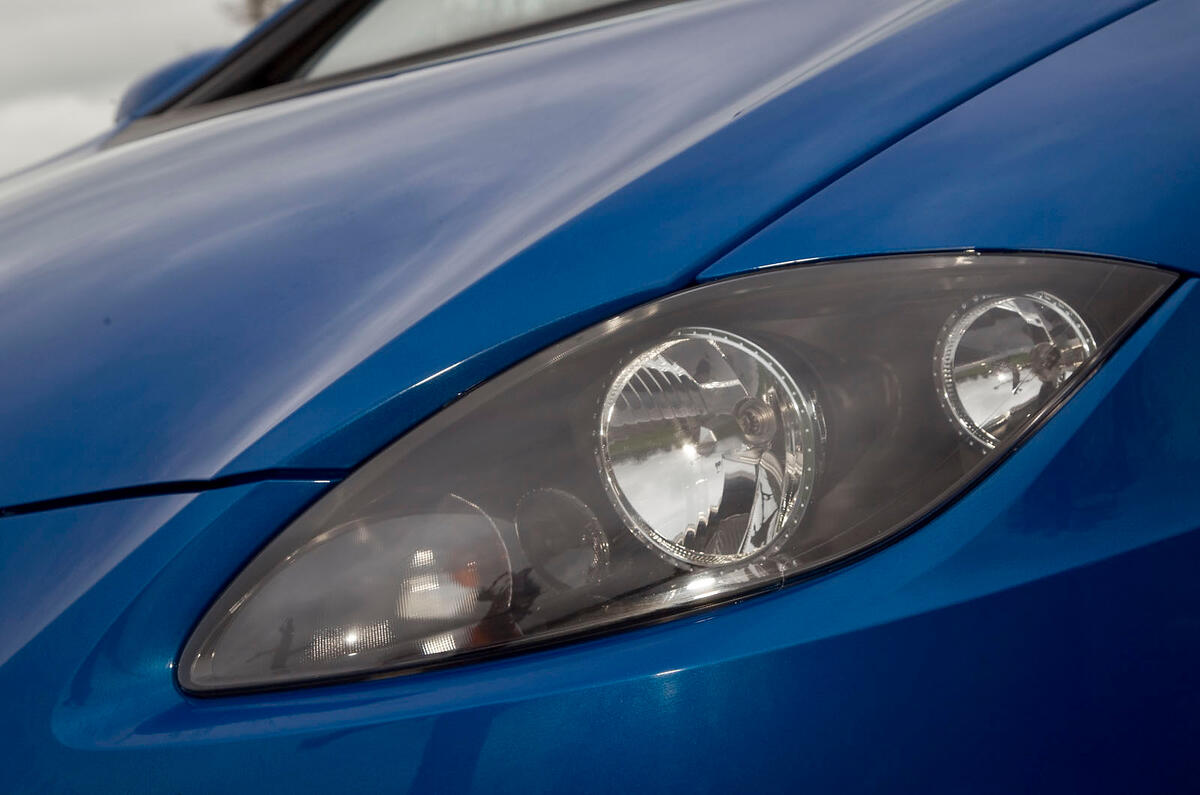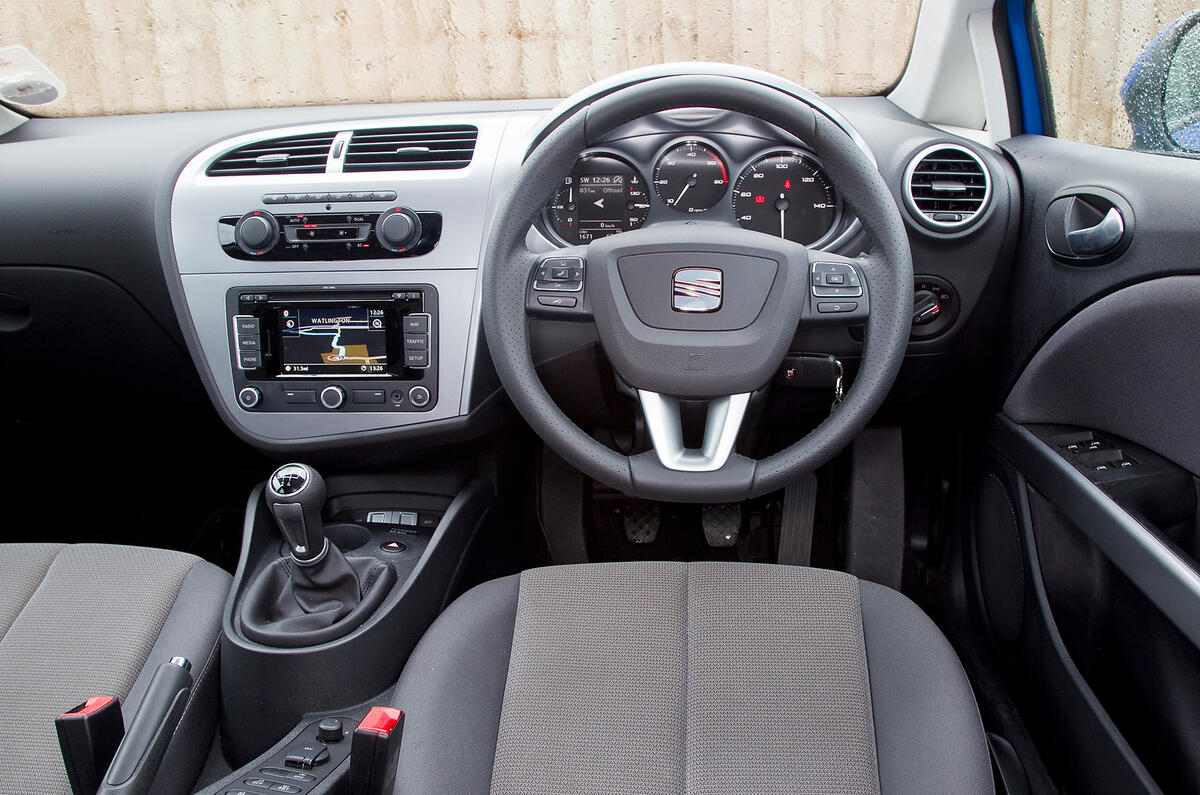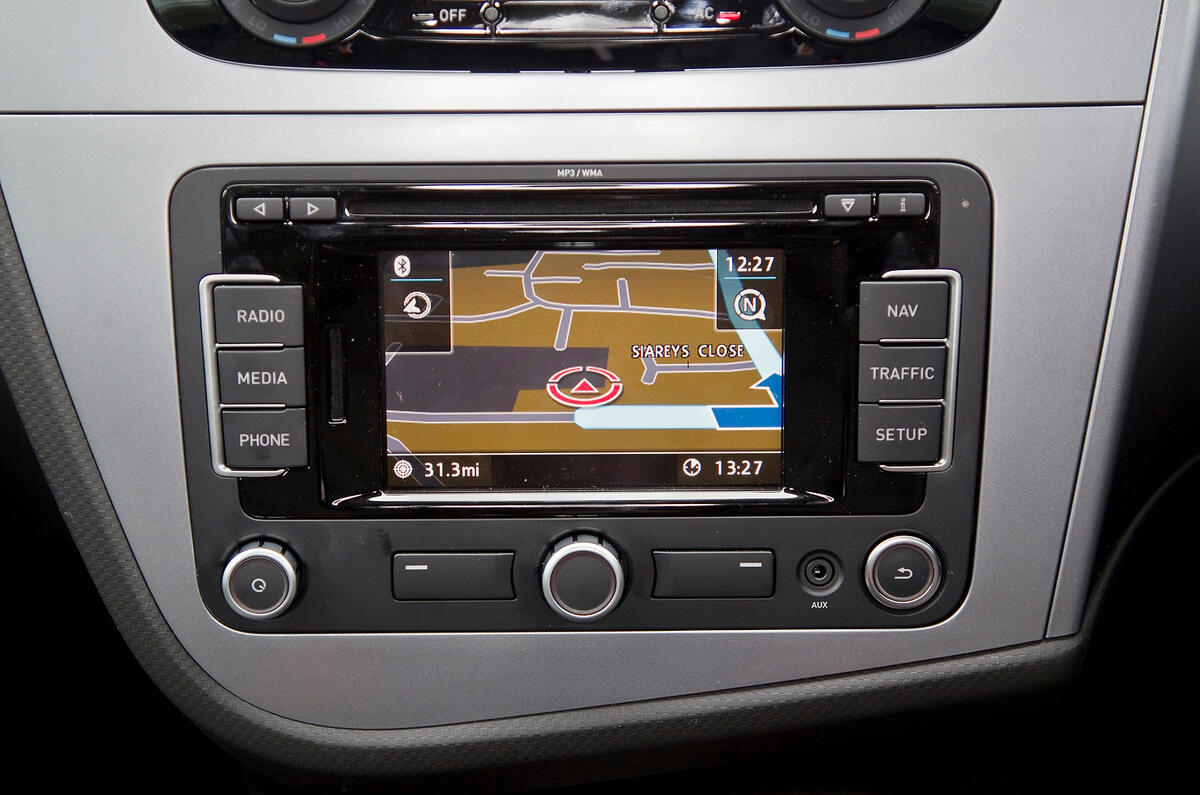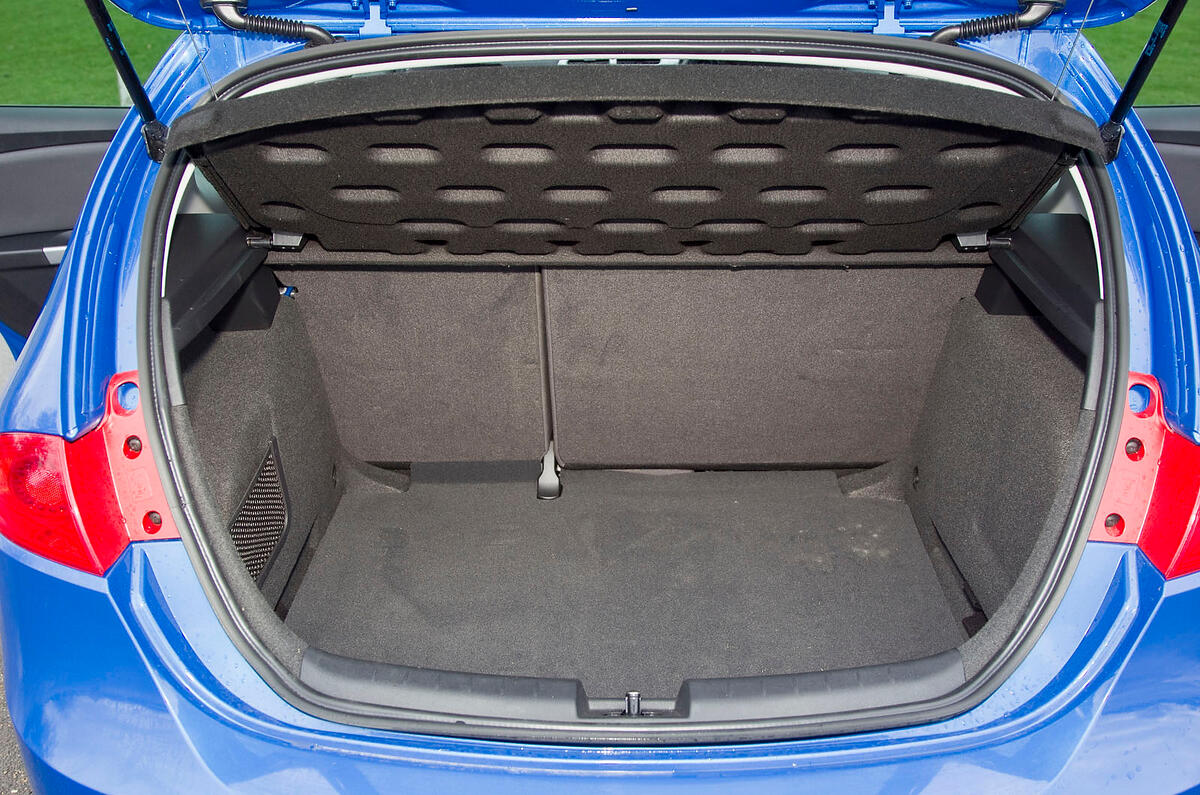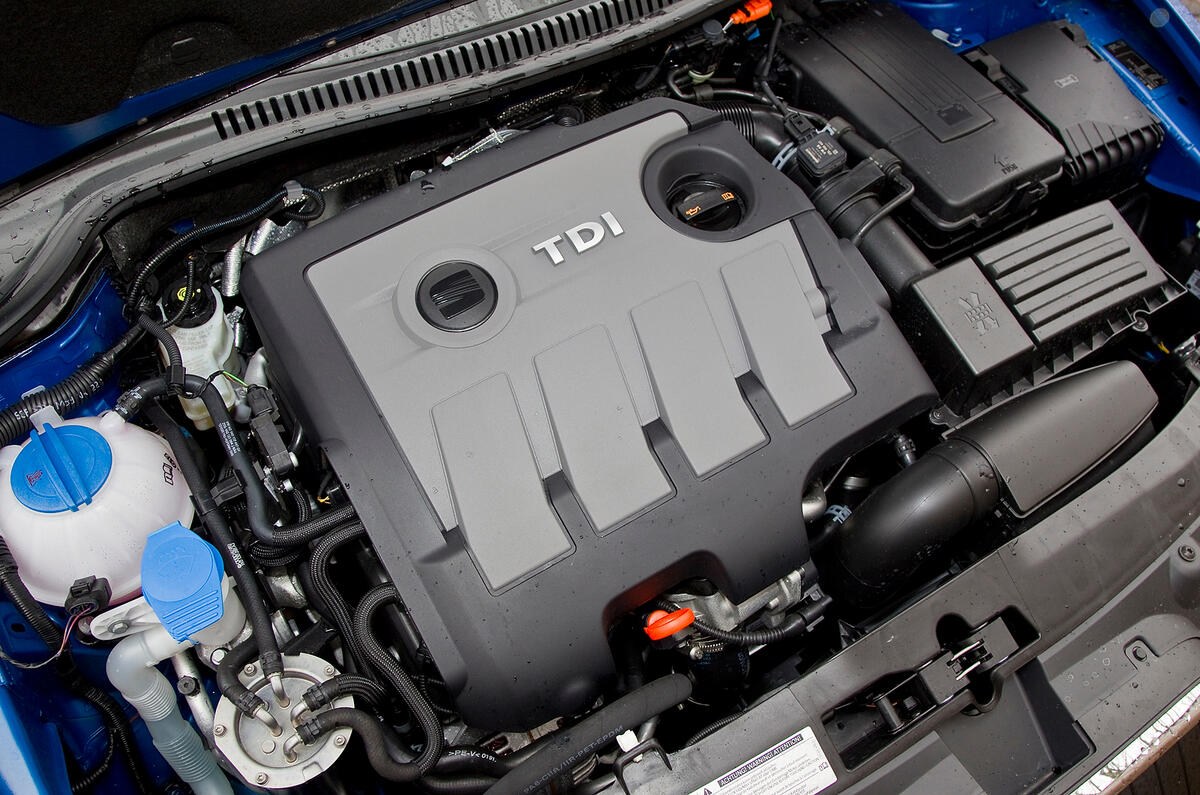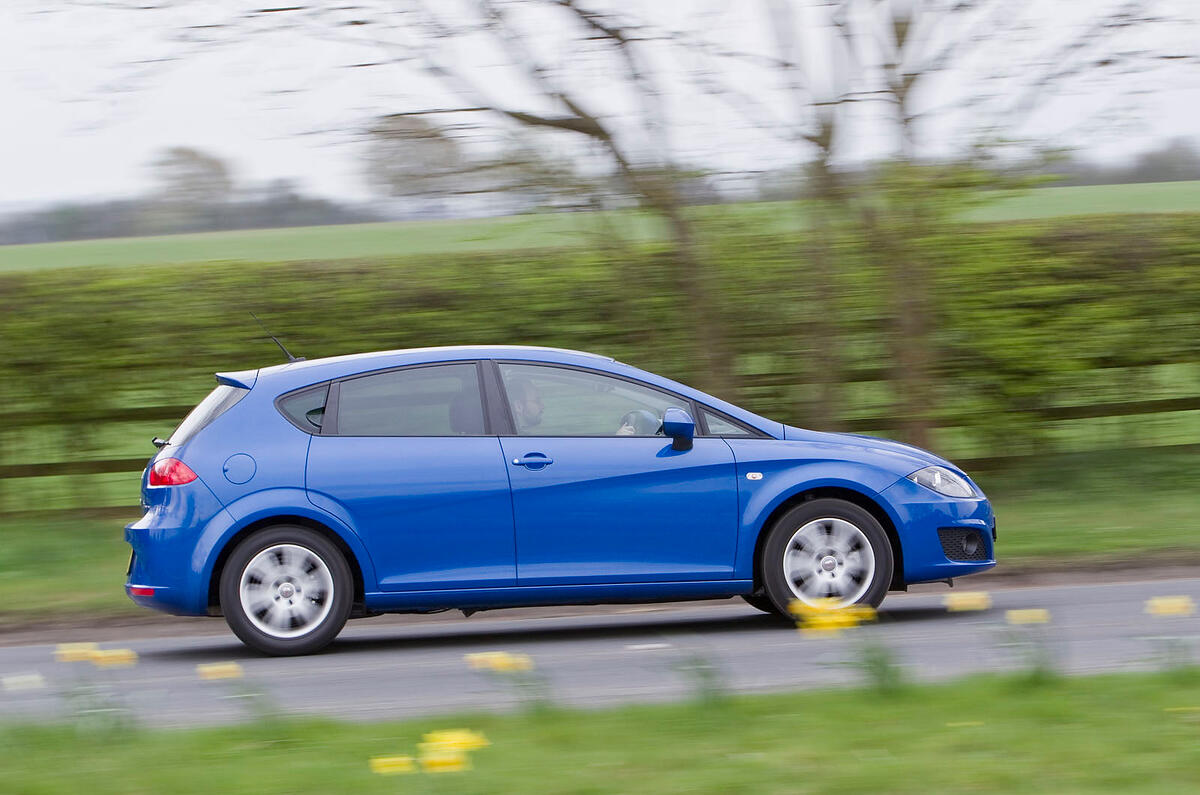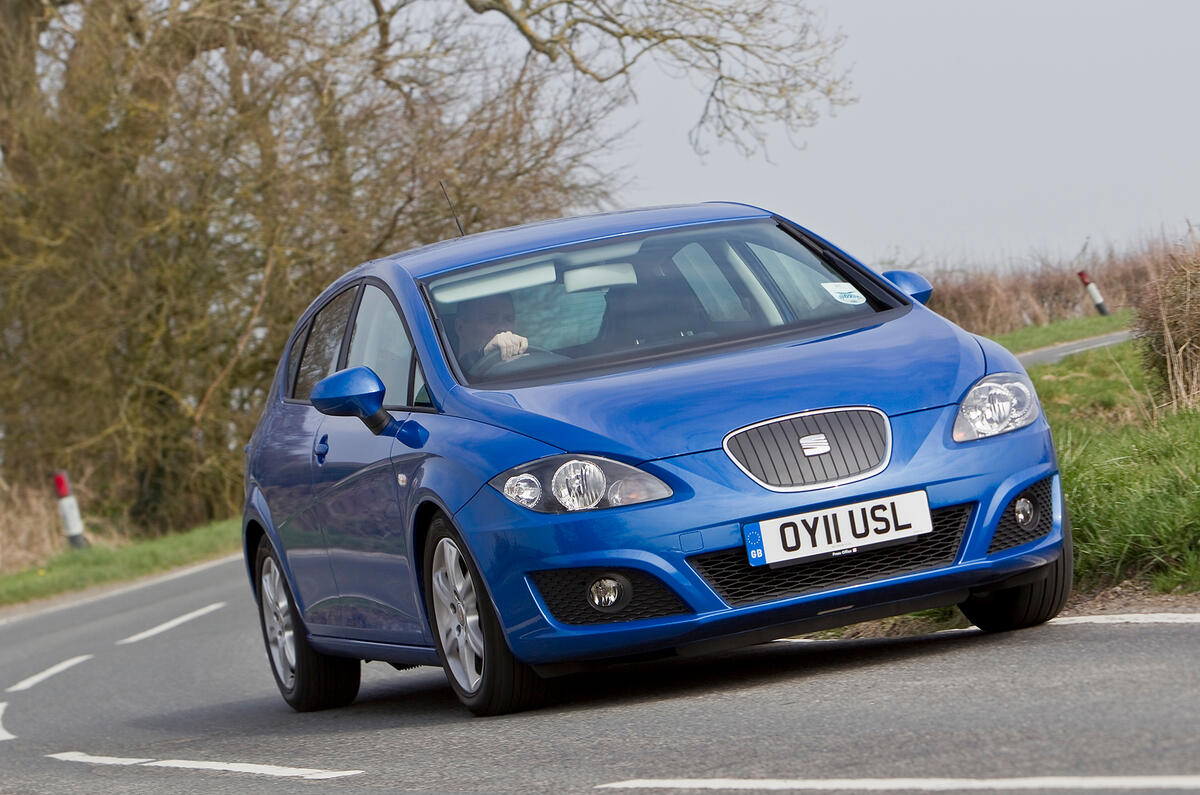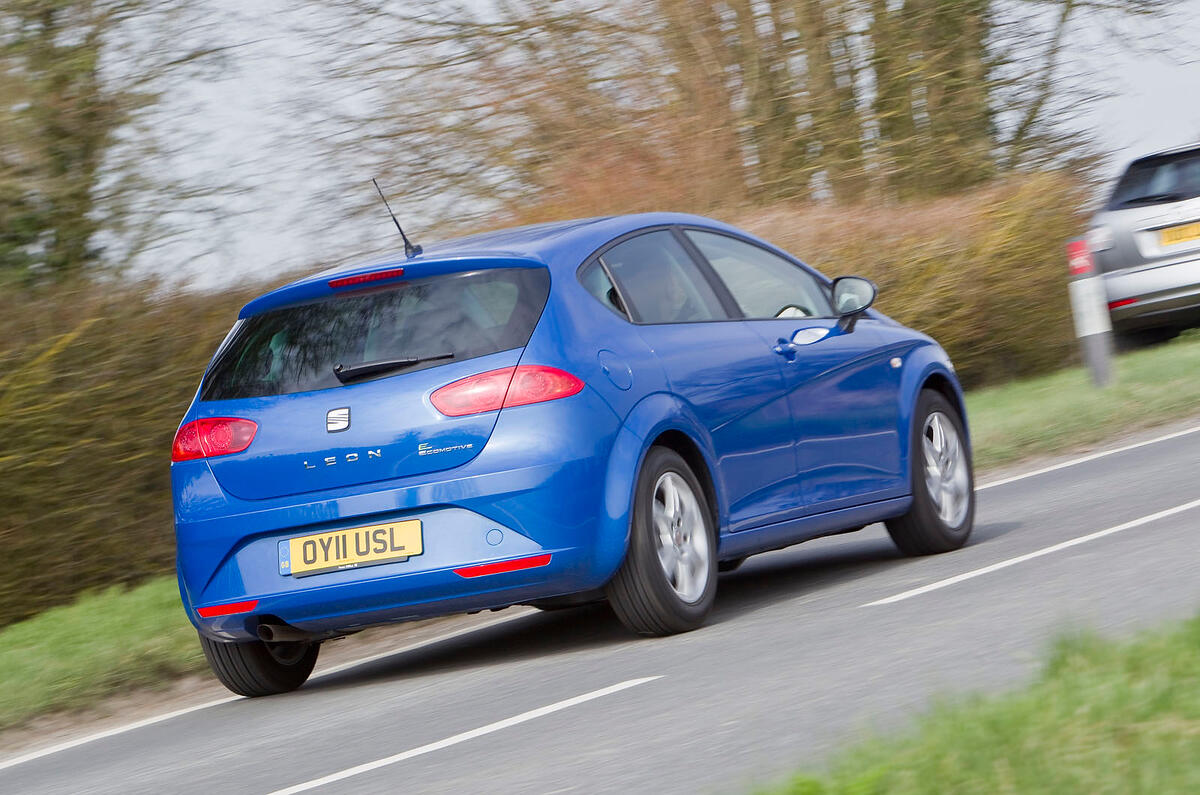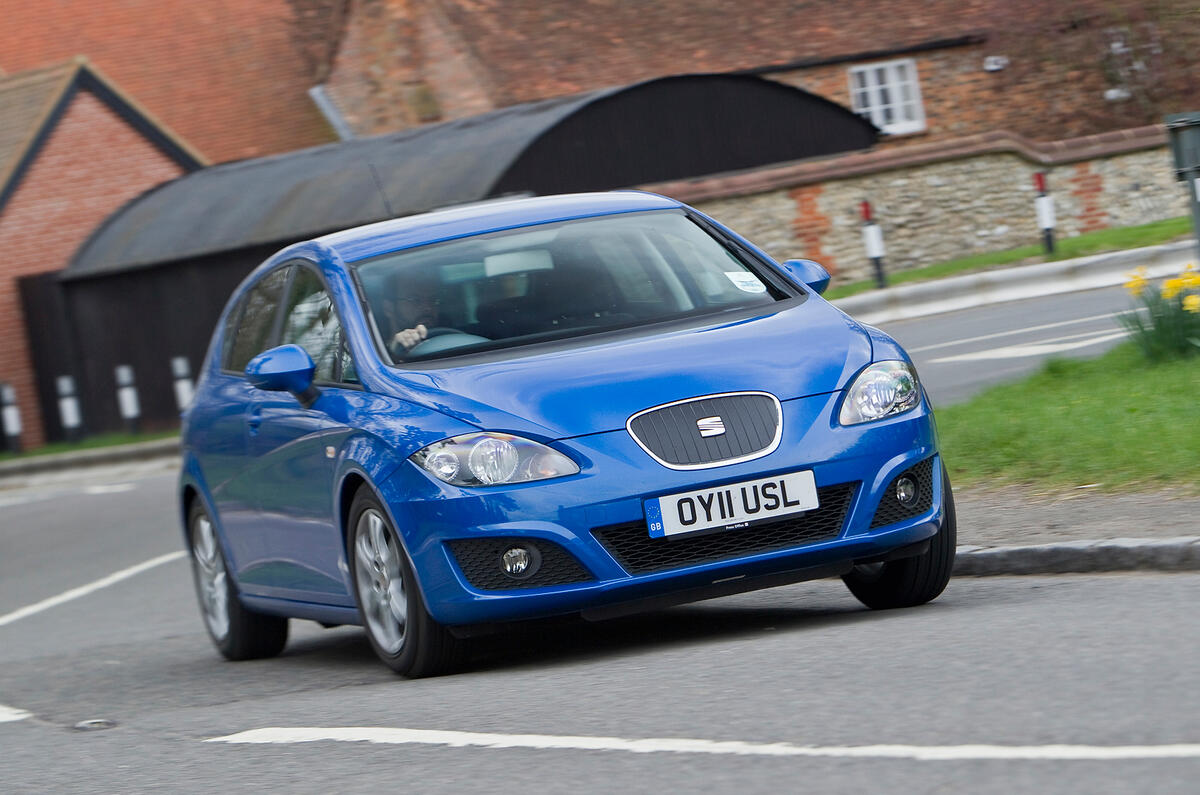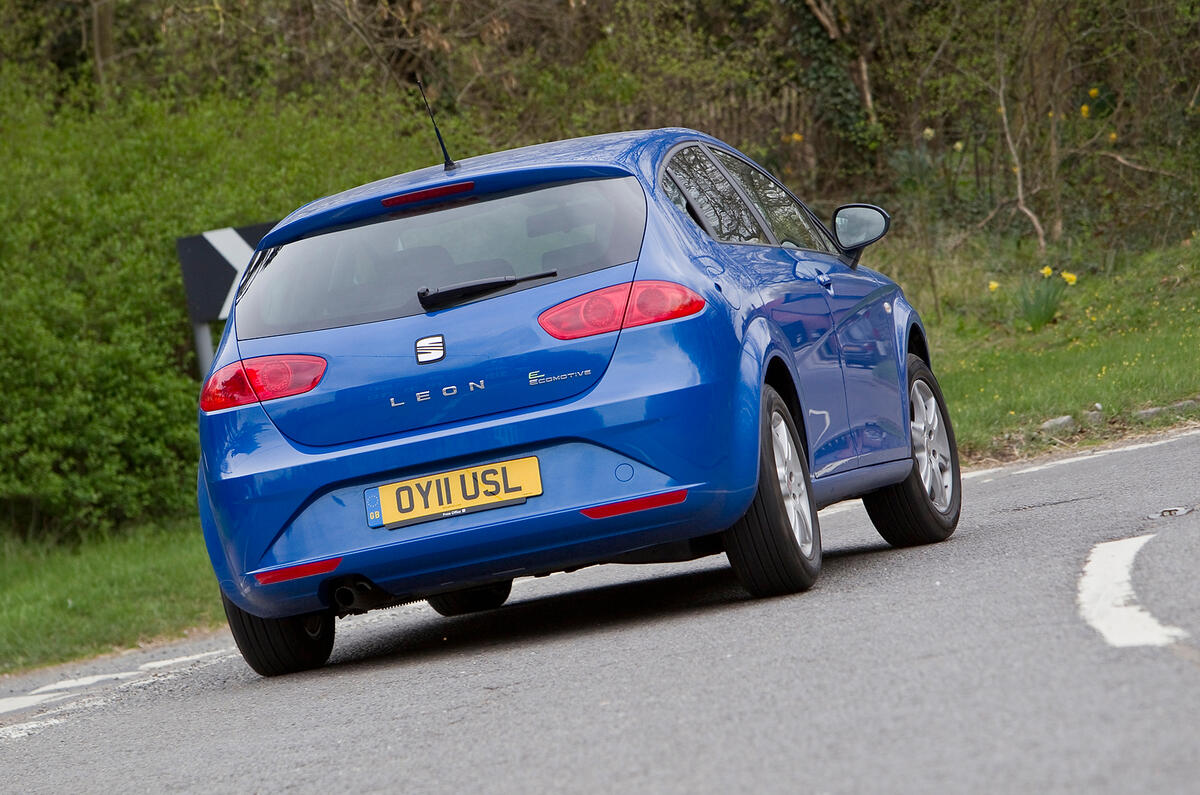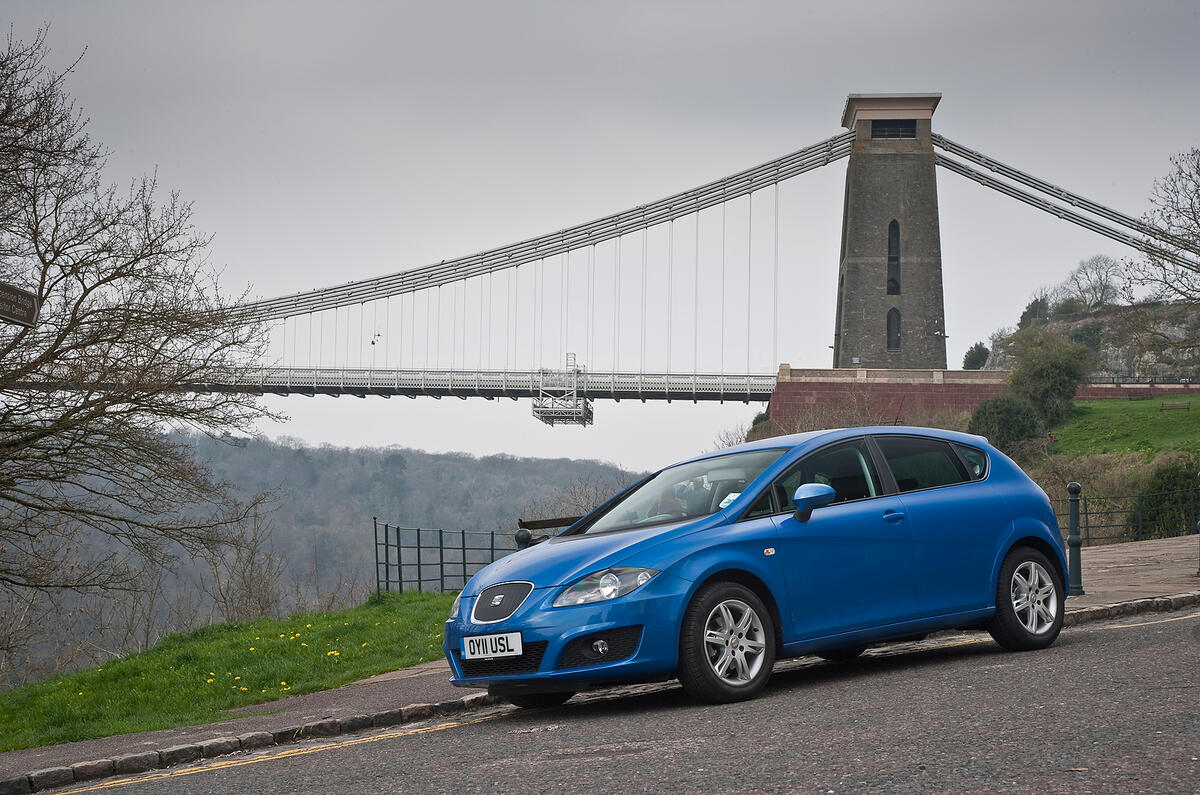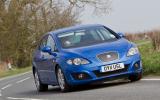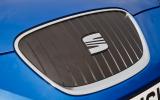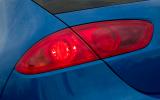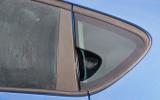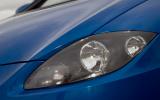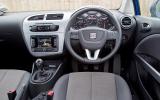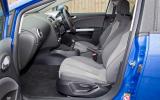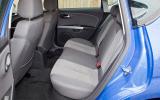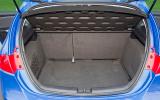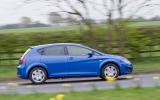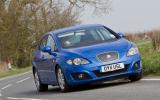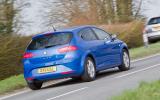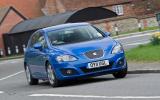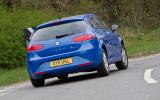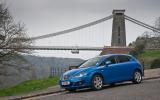For a while now it has been difficult to put a finger on exactly what role Seat plays in the Volkswagen Group hierarchy. With Skoda buttoning up the bottom end of the market, Audi at the top and VW itself somewhere in the middle, it’s not immediately obvious where Seat and its products like the new Leon fit.
But, we are now told, it is VW’s sporting brand, with Latin blood in its veins and a purposeful look in its eye. But if Seat is to become VW’s answer to Alfa Romeo (a statement made by VW chief Piech many moons ago that company management still wince at), it needs some good, solid product with real sporting credentials. So how does the Leon shape up?
On paper, very well indeed. Underneath, it’s a previous-generation Golf with VW’s latest engines. This means struts at the front and a multi-link rear axle that provides much better wheel control than the previous cheap ‘n’ cheerful torsion beam axle.
Buyers can choose from an entry-level 84bhp 1.4 petrol unit, but most petrol buyers will go for one of the more advanced TSI engines, either a 104bhp 1.2 or 123bhp 1.4. On the diesel front, there’s a super-frugal 104bhp 1.6 TDI (with CO2 as low as 99g/km in fuel-sipping Ecomotive spec), or a 138bhp 2.0 TDI.
Then there are the performance models, which Seat has become a quieter achiever in. The FR+ gets a 208bhp 2.0 TSI, and the fire-breathing 261bhp version of the 2.0 TSI for the Cupra R. Those looking for a sporting diesel are even catered for with a 168bhp 2.0 TDI in the FR+.


